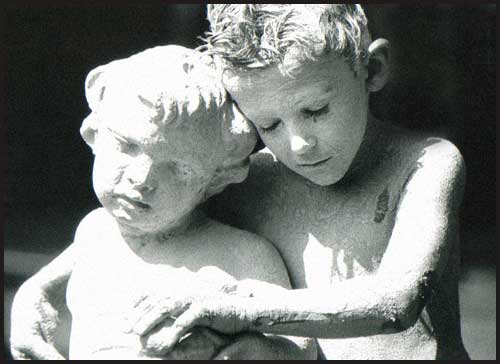How long should photography projects last? Is there a time limit? Should‚there be a set amount of time? Can it span years, can it span a lifetime? Hmmmmmm.
I took this shot this past summer and it is part of‚a project that never seems to end.
Does it even matter?




